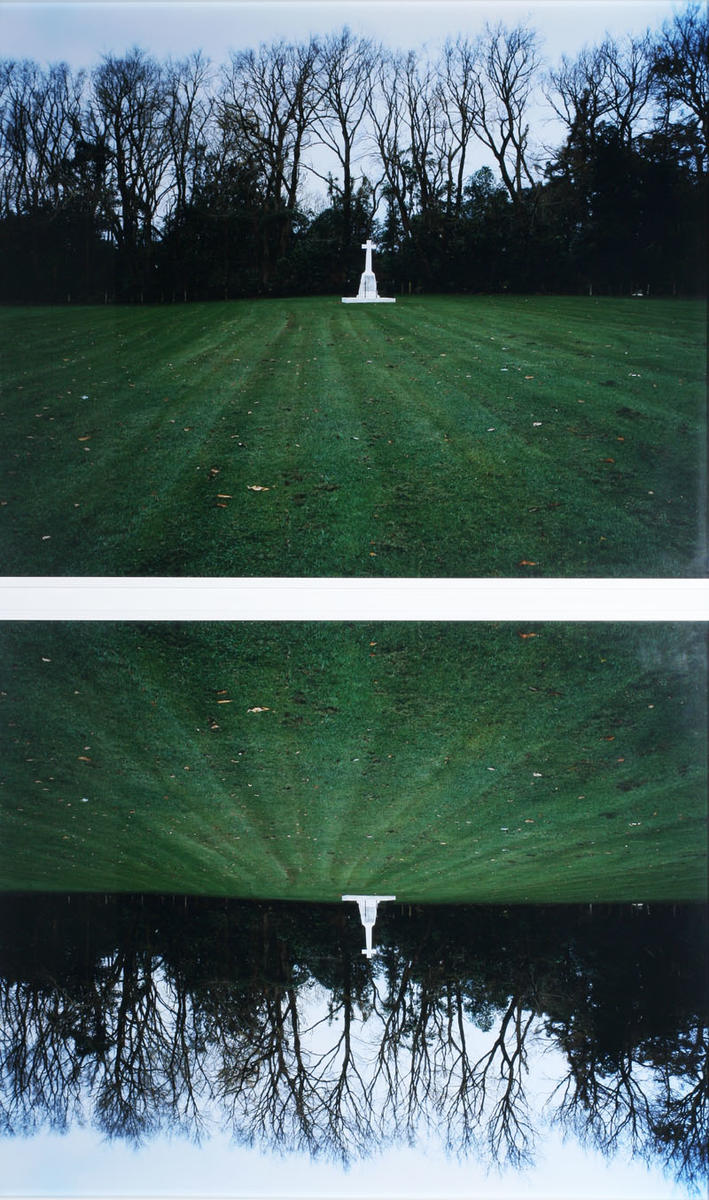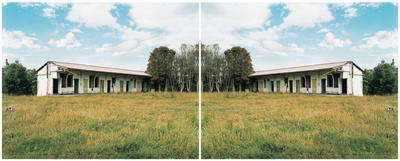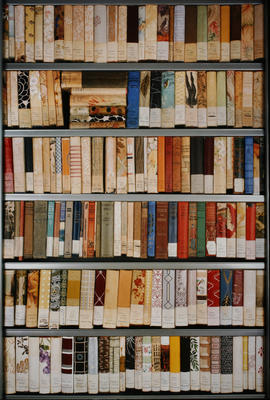Arena, Te Ngutu O Te Manu / The beak of the bird, South Taranaki
-
Ann Shelton
b.1967

Title
Arena, Te Ngutu O Te Manu / The beak of the bird, South Taranaki
Details
| Production Date | 2004 |
|---|---|
| Collection(s) | Collection Govett-Brewster Art Gallery, New Plymouth |
| Accession Number | 2005/14 |
| Media | C-type photographic print |
| Measurements | Framed: Diptych, each: 1180 x 1468 x 45mm |
About
Arena, Te Ngutu o Te Manu continues Ann Shelton's examination of specific landscapes and their relationship to historical and fictional narratives. Shelton has photographed New Zealand locations associated with urban myths and contested histories that register in a collective conscious, frequently as a result of disturbances related to traumatic and violent events.
Te Ngutu O Te Manu is a well-known Taranaki landmark, the site of the 1868 battle between Māori and colonial forces over land confiscations. This memorable battle represents the humiliating defeat of colonial forces by Riwha Tītokowaru (c. 1823–1888), a Māori leader in the Taranaki region and one of the most successful opponents of British colonisation, and the death of infamous mercenary Gustavus Ferdinand von Tempsky. It also alludes to the capture and kidnap of a Māori boy, Ngatu Omahuru, later adopted by New Zealand Premier William Fox. Today the site features a white stone cross, apparently marking the place where von Tempsky fell in the battle. However, there is some debate over the location of this cross as many believe it is in the incorrect place. The site remains a place of discord, with different groups claiming different versions of the events that took place. As a site marking a significant event of Taranaki’s history, Te Ngutu o Te Manu provides rich associations for Shelton’s ongoing photographic exploration of history and memory.
Formally, Te Ngutu o Te Manu is a diptych of two large-scale colour photographs, inverted on a horizontal axis so that one photograph mirrors the other. This doubling and the reversing of the image are devices often used by Shelton challenge to the singular view, and to address the interplay of fiction and reality in the creation of myth. It also parallels and foregrounds the role of the camera in the construction of representation.
Ann Shelton created this work while in New Plymouth as the 2004 New Zealand artist in residence at the Govett-Brewster Art Gallery, which culminated in an exhibition titled a kind of sleep.


